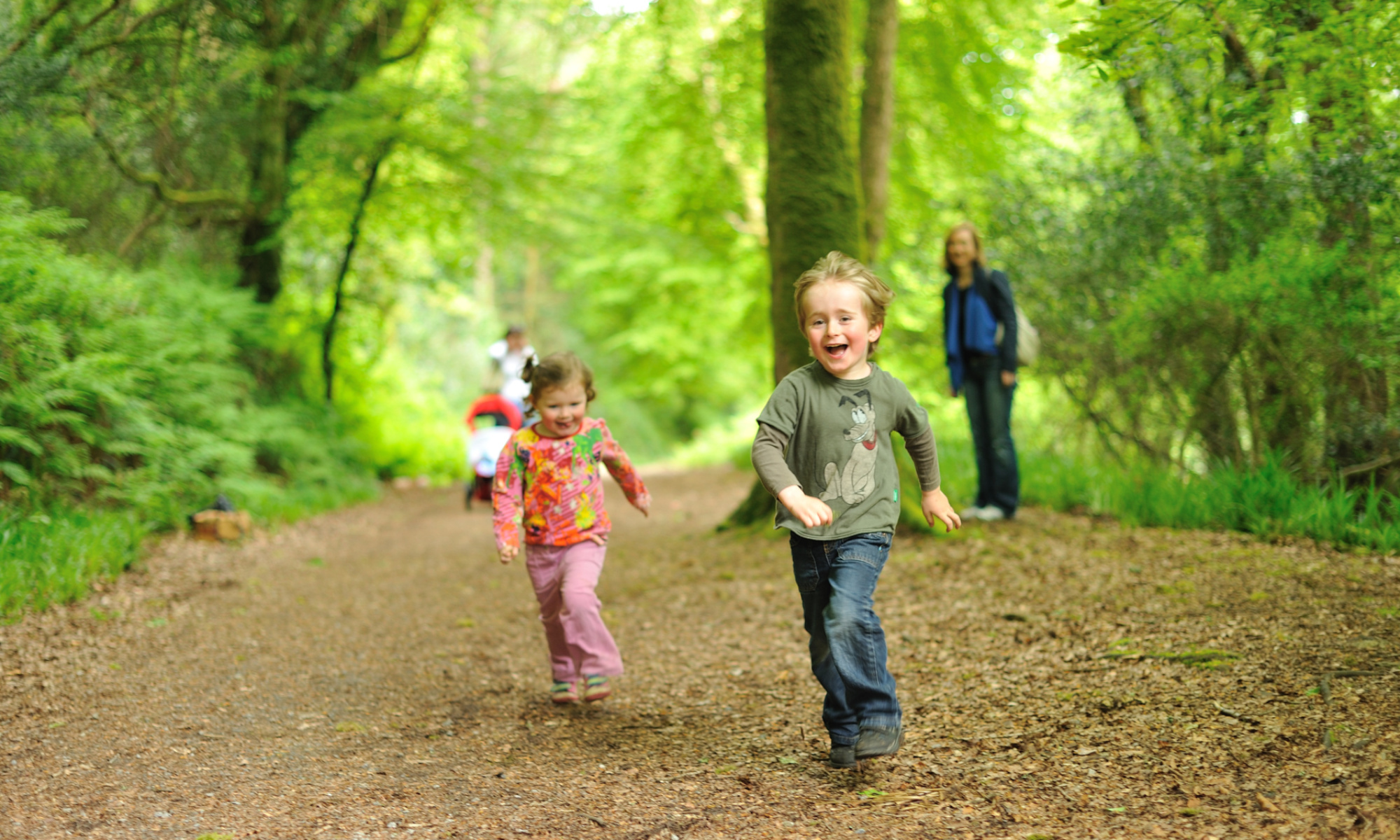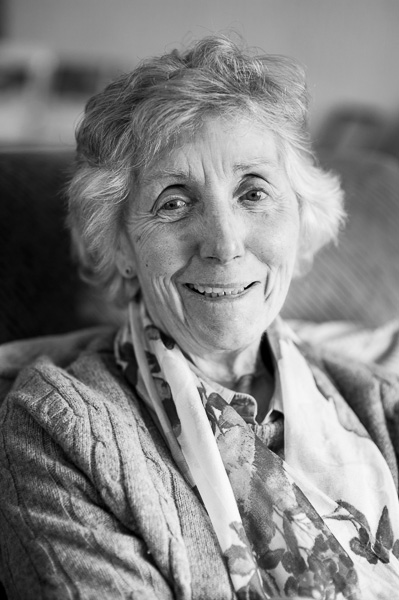While I wait for the 120 and 35mm films to be processed I have the digital files to look at.
Digital has changed pretty much everything about photography apart from the fundamentals of a good picture. There’s good and bad in there though.
I set Nana up in the window light and had the Lowel available of fill or a hair light. I used the D700 to check the exposure and the level of fill before running off on the Hasselblad. Then I shot a few more before running though the film and a couple more at the end, playing with the light.
She was pretty cool throughout but definitely got more relaxed as the session went on.
The main challenge for the digital part of the job was to work with it on the tripod, come out from behind and shoot with the cable release while more actively engaging with my subject. Just like the old days.
The problem is that I like my portraits – especially like this one shot on location – with soft backgrounds. In fact I like everything soft apart from the eyes. The eyes are the window to the soul.
I went through the ‘everything tack sharp’ phase but I released that I have always been drawn to shallow-focus images. Before I started looking into it critically I was always ‘wowed’ when I got one right (usually out of necessity cos it was dark).
They work because your brain automatically draws your attention to the sharpest thing in the shot – the eyes. All that creamy soft background adds context but automatically isolates what’s most important about your subject.
Then thanks to David A Williams, I released that portraiture isn’t about tack-sharp detail, it’s about emotional connection with the subject. The fact is that most ordinary people don’t want to be able to see every pore, they want you to capture their nature.
So anyway. I like shallow focus, that means that I have to go to great lengths to make sure focus is extremely accurate. This is hard enough when you’re looking through the finder in complete control of the camera. But how do you do it when you standing next to it with a release in your hand.
There are a couple of ways I can think of:
- Tell them not to move. OK for this subject. Most of the time. Not so for others. And what if she does something spontaneous that’s nice like leaning forward (did happen).
- Stop it down to increase your depth of field so if you’re a bit off with focus then they’ll still be sharp – OK but now you’ve lost that creamy shallow focus look and of course you need more light (or more ISO) to work with.
- Use the camera’s AF to track the subject. Tried this one previously and it worked reasonably well. It did track but a significant number were still soft (critically so). I think I also discovered this ‘thing’ using AF-C wide open that was giving me some additional misses. Good but not 100% happy.
- Use Live View – on this generation of camera Live View has a significant lag to shoot the frame and the focus is less acurate.
- Use ‘intelligent AF’. Most pros tend to turn ‘intelligent’ features off because they are hard to predict – so in any given circumstance you may not know what they’re going to do. Others just don’t trust technology just because they know what they can do without it and don’t bother to explore the limits of the tech. So you get the ‘Manual Only’ photographer who still says he’s quicker than the tech. Personally I think if you pay all that money for the latest technology you should use it. But you need to know how it works and when to either turn it off or otherwise help it out. So I use AF with a single point on subject, AP with compensation, Auto ISO with limits (and turn it off when it’s not helping), AWB (but shoot RAW).
I wanted to see how the Inteligent AF worked – in the case auto area AF-S.
Well guess what? It worked very well. Those Nikon guys have been working out! There is a slight lag in focus compared to the single area focus I normally use but I don’t think I missed anything.
I helped it a bit by stopping down to f2 for most of the images (even f4 on the 85mm) but even the few I took at f1.4 seem pretty good. Now she wasn’t moving that much and I tended to lock and watch and re-lock if I thought she’d moved.
I’m not a fan of techology for it’s own sake but this stuff really works – the combination of fast, accurate AF that is biasses towards skin tone and works in low-light, great low-light performance (so you can shoot at f4 in someone’s living room) and great, fast lenses make this work very well.
And I really enjoyed being able to forget about the camera. Just chat away, watch my subject and fire when something interesting happened. Particularly with someone like this, who wasn’t ever going to pose for me.
Of course there’s a tendacy to look at me and not down the lens but you can always ask to look into the camera and you can always go back to the viewfinder. But you’re much more able to see what you’re subject is doing out from behind.
A lot of good photography is about watching. Watching and reading, trying to predict and stimulating a reaction. It’s much easier with both eyes.
So I think I might bring this into more of my formal sittings and continue to work on it.
Processing-wise I chose a black and white conversion in Lightroom 4. Upped the orange filter for better skintone, adjusted contrast, blacks, whites, clarity and shadow. A small bit of healing on the skin here and there and that’s it. Not big photoshop on this one.


